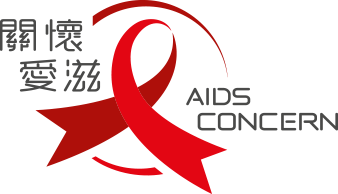Human Immunodeficiency Virus (“HIV”) destroys people’s immune system, making the infected vulnerable to virus and bacteria, and eventually, leads to “Acquired Immune Deficiency Syndrome,” or AIDS.
HIV is incapable of causing direct symptoms, but once the virus enters the body through blood vessels, it will begin to attack the “T4 Lymphocytes” (white blood cells and macrophages) which reside within the immune system, weakening the immune system’s ability to self-repair. Meanwhile, some harmless diseases such as tuberculosis, pneumocystis carinii pneumonia (PCP) and fungal infections, which normally do not affect a healthy person, begin their infection and thus turn the HIV positive individual into an AIDS patient. Most opportunistic infections can be prevented and treated. However, there is not yet a cure for HIV itself.
HIV exists within the carrier’s bodily fluids, such as semen, blood and vaginal/prostate secretion. The virus can be transmitted through the contact between bodily fluids and wounds, or mucous tissue (for example, vagina, glans, large intestine, etc)
The virus can also be spread by sharing needles and mother-to-child transmission.
Symptoms at early stage of HIV include: fever, swollen lymph nodes, throat infection, rash, joint and muscle pain. An HIV carrier may not have any initial symptoms and they cannot be identified by any external features. The most accurate way is to perform an HIV screening test.

